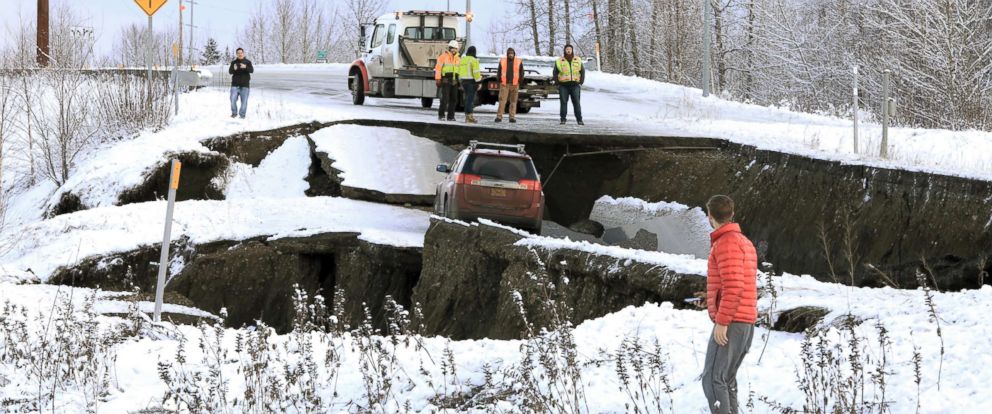A 7.0 magnitude earthquake struck around Anchorage, Alaska on Friday, Nov. 30, at 8:30 a.m. Alaska is known as earthquake country, and its residents are used to regularly experiencing earthquakes. But Friday’s earthquake was the most significant earthquake experienced in Anchorage since 1964. The 1964 quake had a magnitude of 9.2.
The epicenter of the earthquake was located approximately 5 to 10 miles north of Anchorage, and 30 miles below the surface, according to CNN. There were reports from residents as far as 400 miles away of the epicenter. Since the earthquake, more than 1,000 aftershocks of approximately 1.5 magnitude or greater have been reported.
According to United States Geographical Survey data, as reported by CNN, most aftershocks were weaker than 2.5 magnitude, but more than 350 of them were higher than 2.5. Of these aftershocks, most of them have not been damaging, but 12 as of Sunday morning were stronger than 4.5. Many of these were near Anchorage and Big Lake. A 5.7 magnitude quake struck minutes after the original quake, followed by a 5.2 at 11 p.m. These aftershocks could continue for weeks, months or even years.
There were no fatalities or serious injuries that were reported. Anchorage is Alaska’s largest city with a population of around 300,000 people, where many businesses, hospitals and airports operate out of. At the time of the earthquake, many people who were travelling had to be re-routed to avoid damaged roads. Planes were also advised not to land in Anchorage’s airport. Since the event, power has been restored, communications have improved and the heat is back on. This event was surprising due to its location, which is why it has caused all the damage that has been observed.
The Providence Alaska Medical Center and the Alaska Regional Hospital were disfigured, but they were able to keep their emergency rooms open, as reported by CNN. Governor Bill Walker then issued a disaster declaration because a tsunami could have possibly formed, and aftershocks would continue to be felt.
The school district closest to the epicenter, the Anchorage School District, canceled classes Monday and Tuesday to determine how much damage was done to the schools as a result of the quake.
Aftershocks will be expected for a while, especially since Alaska is an area that has always dealt with earthquakes. Authorities are still assessing the damage and do not have final figures yet. They have confirmed that there were no reports of missing people, but major infrastructure damage will need to be addressed within the next week. Alaskans are bracing themselves for the continuation of aftershocks and are advised to move away from the coast.
They are also expecting a return to normalcy with an expected 4 to 8 inches of snow at the beginning of the week. Hopefully this quake will help Alaskans assess the structure of their buildings and come up with more safety measures to deal with this in the future, for it is something they will continue to experience due to their geography.



